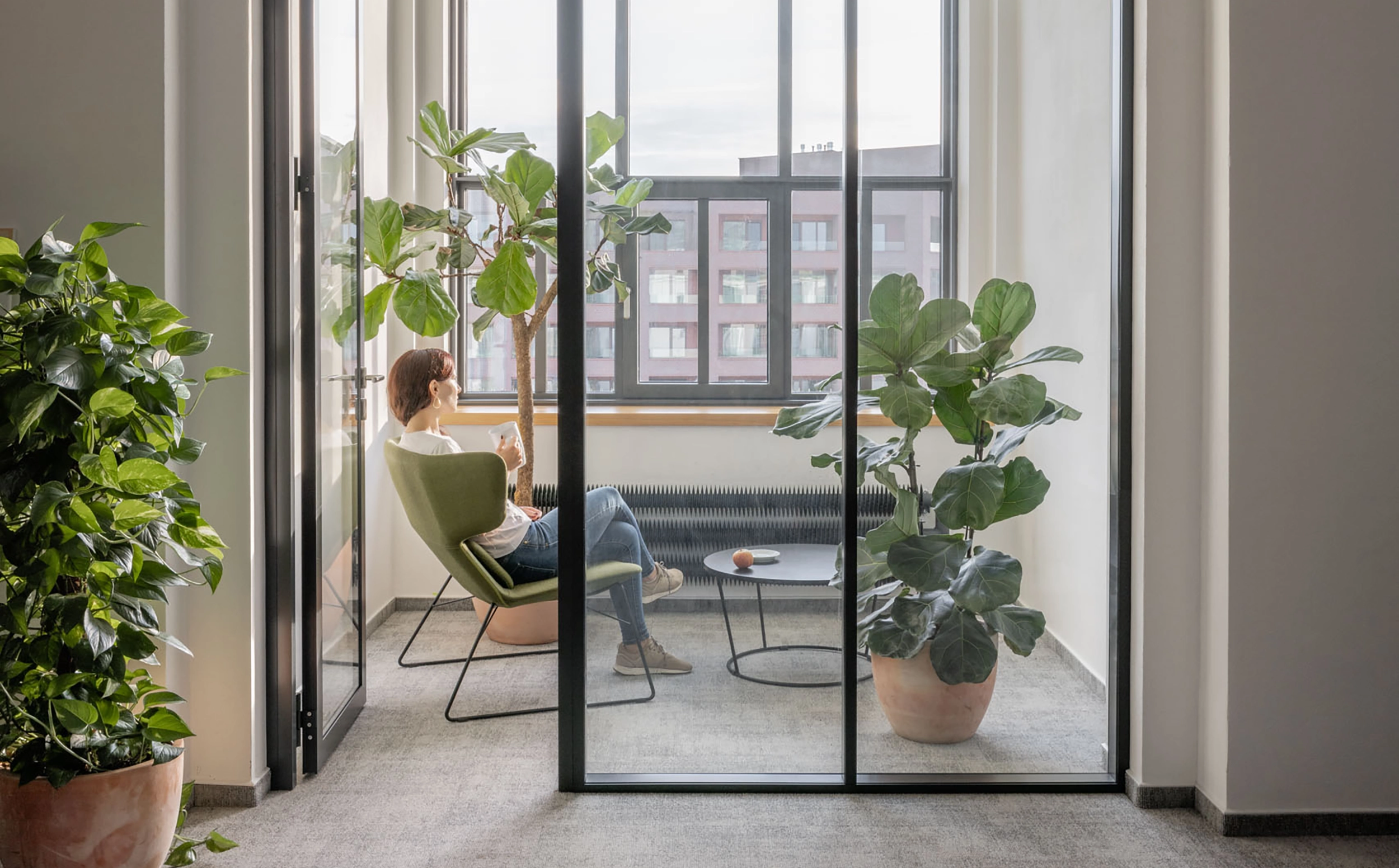As many workplaces ask employees to come ‘back-to-the-office’, there’s a lot of anxiety around – even if it’s for a few days each week. But there are simple ways to ease workers ‘back-to-the-office’. Some workers will be dreading the commute, others will feel nervous about real-life colleague interaction, and many will simply be reluctant to let go of the parts of working from home they enjoyed.
Returning to the office is one of the biggest adjustments the world will see as we navigate back to normal. This means that businesses shouldn’t expect workers to just snap back into place at their desks. The return to the office needs to be done with caution and care. These are the three steps we need to take to ensure the return goes smoothly.
Let Go Of Traditional Office Ideas
If you want to lure people back into the office, make it a place that’s not just for silently getting on with work that could be easily done at home.
Providing social opportunity is key. With high levels of staff feeling lonely and isolated, social activities aside from traditional meetings should be high on the agenda.
Businesses should think about the workspace as a blank canvas – a place to invite clients who are excited at the prospect of working together again in a flagship office with a space devoted to entertaining, to host show-and-tell sessions and informal chats.
Employers must view the office through the lens of the staff’s own individual well-being and happiness in order to create a productive, healthy workforce that will continue to prosper again.
Create An Environment Where Everyone Can Thrive
The question facing many businesses is how they adapt the physical space of the office to make it a place people actually want to spend time.
It’s worth leaders talking to employees about what they want, and staying open to the idea of a bit of an office makeover. Creating a space that allows for different personality types to be the best can be tricky and needs to be meticulously planned.
Ultimately, a perfect workspace to accommodate all needs can only be achieved if individuals are given autonomy over their workflow and speak of their preferences in the office design process.
Maintain Open Discussion
Happy employees are typically more productive than a stressed workforce, so it makes sense as a leader to consult, where possible, each individual team member when building a workplace strategy.
Rather than an insistence on a return to the ‘same-old’, it’s a great idea for managers who can accommodate remote working to speak directly to their teams about what they’d like best in a post-Covid workplace, all while factoring these the goals of the business.
Listening is key to consultation because people want to feel heard. A top-down directive to come back to the office, regardless of personal working styles and needs, isn’t likely to be well-received.
The act of consulting will bring in more options and help teams feel respected and involved in the process.
It’s really important to stay flexible. In any team, some people may be raring to leave the four walls of their home and return to the office. Others may simply prefer the ritual of homeworking and the scope this allows for productivity, or reconnecting with personal priorities.






